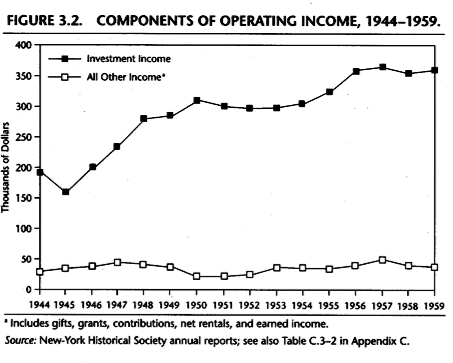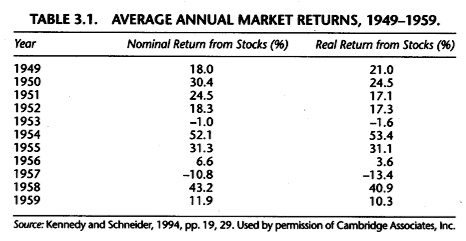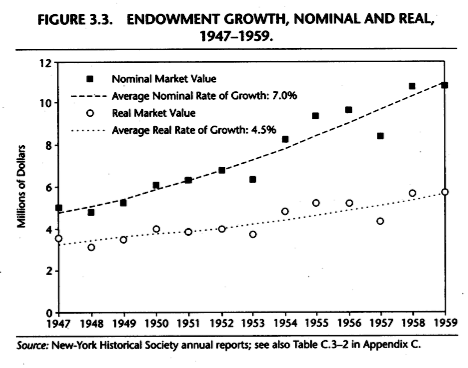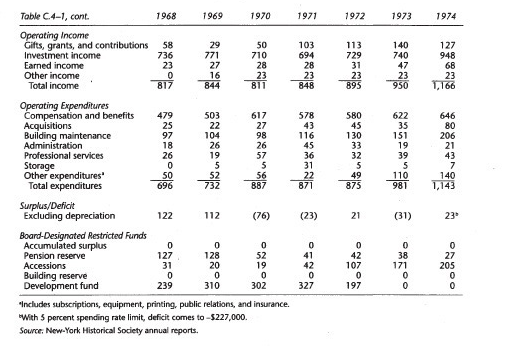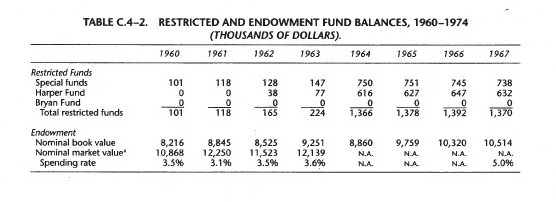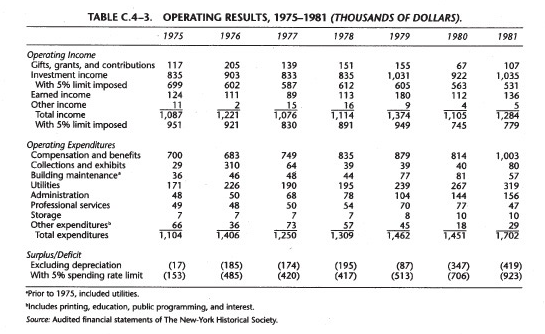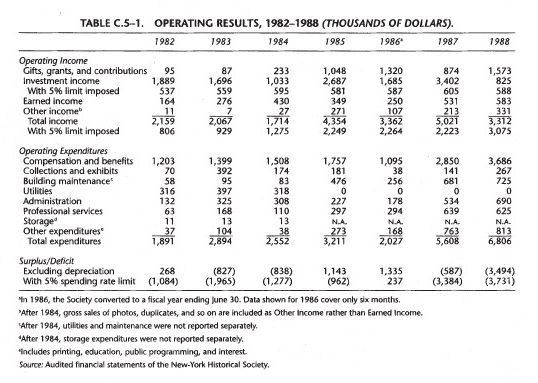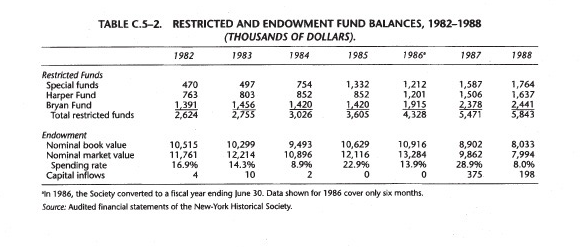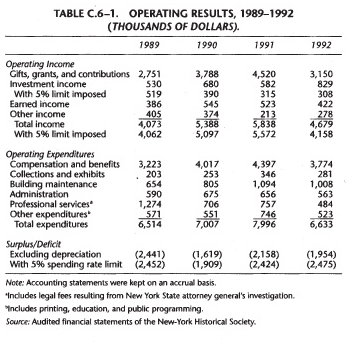The Address of the New-York Historical Society (Issued February 12, 1805, and September 15, 1809)
Having formed an association, for the purpose of discovering, procuring, and preserving whatever may relate to the natural, civil, literary, and ecclesiastical history of our country, and particularly of the State of New-York, we solicit the aid of the liberal, patriotic, and learned, to promote the objects of our institution.
The utility of societies for the advancement of science, has been so fully proved by the experience of the most enlightened nations of Europe, and by that of our own country, that there can be no need, at this time, of any formal arguments in support of their claim to public patronage. But it may be observed, that, in this State, if we except the Agricultural Society, there is no association for the purposes of general knowledge; and the want of a regular, minute, and authentic History of New-York, renders the combined efforts of individuals for that object more peculiarly necessary.
It is well known that many valuable manuscripts and papers relative to the history of our country remain in the possession of those who, though unwilling to entrust them to a single person, yet would cheerfully confide them to a public institution, in whose custody they would be preserved for the general benefit of society. To rescue from the dust and obscurity of private repositories such important documents, as are liable to be lost or destroyed by the indifference or neglect of those into whose hands they may have fallen, will be a primary object of our attention.
The paucity of materials, and the extreme difficulty of procuring such as relate to the first settlement and colonial transactions of this State, can be fully perceived by those only who have meditated on the design of erecting an historical monument of those events, and have calculated the nature and amount of their resources: for without the aid of original records and authentic documents, history will be nothing more than a well-combined series of ingenious conjectures and amusing fables. The cause of truth is interesting to all men, and those who possess the means, however small, of preventing error, or of elucidating obscure facts, will confer a benefit on mankind by communicating them to the world.
Not aspiring to the higher walks of general science, we shall confine the range of our exertions to the humble task of collecting and preserving whatever may be useful to others in the different branches of historical inquiry. We feel encouraged to follow this path by the honorable example of the Massachusetts Society, whose labors will abridge those of the future historian, and furnish a thousand lights to guide him through the dubious track of unrecorded time. Without aiming to be rivals, we shall be happy to co-operate with that laudable institution in pursuing the objects of our common researches; satisfied if, in the end, our efforts shall be attended with equal success.
Our inquiries are not limited to a single State or district, but extend to the whole Continent; and it will be our business to diffuse the information we may collect in such manner as will best conduce to general instruction. As soon as our collection shall be sufficient to form a volume, and the funds of the Society will admit, we shall commence publication, that we may better secure our treasures by means of the press, from the corrosion of time and the power of accident.
That this object may be sooner and more effectually attained, we request that all who feel disposed to encourage our design will transmit, as soon as convenient, to the Society,
Manuscripts, Records, Pamphlets, and Books relative to the History of this Country, and particularly to the points of inquiry subjoined;
Orations, Sermons, Essays, Discourses, Poems, and Tracts; delivered, written, or published on any public occasion, or which concern any public transaction or remarkable character or event;
Laws, Journals, Copies of Records, and Proceedings of Congresses, Legislatures, General Assemblies, Conventions, Committees of Safety, Secret Committees for General Objects, Treaties and Negotiations with any Indian Tribes, or with any State or Nation;
Proceedings of Ecclesiastical Conventions, Synods, General Assemblies, Presbyteries, and Societies of all denominations of Christians;
Narratives of Missionaries, and Proceedings of Missionary Societies;
Narratives of Indian Wars, Battles, and Exploits; of the Adventures and Sufferings of Captives, Voyagers, and Travellers;
Minutes and Proceedings of Societies for the Abolition of Slavery, and the Transactions of Societies for Political, Literary, and Scientific Purposes;
Accounts of Universities, Colleges, Academies, and Schools; their origin, progress, and present state;
Topographical Descriptions of Cities, Towns, Counties, and Districts, at various periods, with Maps and whatever relates to the progressive Geography of the Country;
Statistical Tables—Tables of Diseases, Births and Deaths, and of Population; of Meteorological Observations, and Facts relating to Climate;
Accounts of Exports and Imports at various periods, and of the progress of Manufactures and Commerce;
Magazines, Reviews, Newspapers, and other Periodical Publications, particularly such as appeared antecedent to the year 1783;
Biographical Memoirs and Anecdotes of eminent and remarkable Persons in America, or who have been connected with its settlement or history;
Original Essays and Disquisitions on the Natural, Civil, Literary, or Ecclesiastical History of any State, City, Town, or District.
As the Society intend to form a Library and Cabinet, they will gratefully receive specimens of the various productions of the American Continent and of the adjacent Islands, and such animal, vegetable, and mineral subjects as may be deemed worthy of preservation. Donations also of rare and useful books and pamphlets relative to the above objects, will be thankfully accepted, and all communications duly noticed in the publications of the Society.
Queries as to Those Points on Which the Society Requests Particular Information
Can you give any information concerning the first settlement of your Town or District by white people, the number and condition of the first settlers—the names of the principal persons—the circumstances attending the settlement, and motives which led to it?
Do you know any thing, more particularly, respecting the first settlement of New-York by the Dutch—the number of the settlers—the time of their arrival—their general character—their condition with respect to property—the authority and encouragements under which they came—or any other circumstances attending the first attempt at colonization?
Can you communicate any documents which will throw light on the first organization of civil government in any part of the United States—or which will give authentic information concerning the names, general character powers, salaries, &c. of the principal civil officers appointed at different periods? Especially, when did the first regular organization of a colony in New-Netherlands take place? What was the nature of the government established? Who was the first Chief Magistrate, his title, powers, and character?
Is there any thing known concerning Wouter Van Twiller or William Kieft, who preceded Governor Stuyvesant in the Chief Magistracy of New-Netherlands? How long did each remain in office? What stations or offices did they fill prior to their appointment here? Were they removed by death or resignation, or for ill behavior? If in either of the latter ways, how were they disposed of afterwards?
In what years were the first Forts built at Albany (then called Fort Orange), and at New-York (then called New-Amsterdam?) Of what numbers did the respective garrisons consist, as well at first as at different periods afterwards? And who were the commanding officers in each previous to the arrival of the first Governor, or Director General?
What proportion of the first settlers in New-Netherlands appear to have attached themselves to agriculture, and what proportion to trade? In what districts did these two classes chiefly reside? To what objects of cultivation did the former chiefly devote themselves? And what were the principal objects of the trade in which the latter engaged?
Can you communicate any facts which will throw light on the state of Commerce in any particular portion of our country, at different times, and especially at early periods—the number of ships belonging to particular ports—the amount of exports and imports for a series of years—the principal articles exported and imported, and from whence brought?
At what period do the most common and simple Manufactures appear to have been commenced in your district? And what facts can you furnish respecting the progress of manufactures since that period?
Can you give any information concerning the number of houses and inhabitants in your town, at different periods, since the first settlement?
What information do you possess respecting the state of the Militia in your district, especially at the early periods of its history, particularly their numbers, organization, mode of equipment, &c?
Can you communicate any books, or other documents which will give authentic information concerning any of the numerous territorial disputes which have taken place between different portions of the United States, especially between the Colony and State of New-York and the surrounding Colonies and States?
Is it in your power to furnish any information concerning the Indian tribes which formerly inhabited your district, or which may now occupy any portion of it; concerning their numbers and condition when first visited by the whites, their trade disputes, wars and treaties, either among themselves or with the white people; their character, customs, and general history, together with their present numbers and state?
What were the Indian names of the mountains, valleys, rivers, lakes, springs, caverns, or other remarkable places in your neighborhood? And what do well informed people suppose to be the import of those names?
Are you in the possession of any records which will tend to elucidate the ecclesiastical history of any portion of our country? Can you give any information concerning the erection of churches, and the establishment of congregationsin your district of every different denomination, from the earliest periods of settlement; the names of all the Ministers who have had pastoral charges, the dates of their settlement and removal, whether by death or otherwise; the changes,either progressive or retrograde, which congregations have undergone with respect to numbers, property, &c, ecclesiastical disputes, or any remarkable persons or events which pertain to ecclesiastical history?
When were schools and other seminaries of learning first instituted in your town? What have been their numbers at different periods since that time? Can any information be had concerning their funds, number of scholars, and general character at different times from the first settlement to the present day?
When was the first Printing-press established in your town, and by whom? When was the first book, pamphlet, or newspaper printed? Who was the first bookseller in your town? And what have been the number of printing pressesand book stores, at different periods, to the present time?
Have you any public Libraries? If any, when were they first instituted, by whom, and what is the number of volumes in each?
Can you furnish any information concerning the progress of luxury? Do you possess any records or anecdotes respecting the introduction of the most conspicuous articles of elegant indulgence, such as wheel-carriages, &c. &c?
Can you give any information which will throw light on the state of morals in our country, at different periods, such as the comparative frequency of drunkenness, gaming, duelling, suicide, conjugal infidelity, prostitution, &c, &c?
What remarkable laws, customs, or usages, either local or general, at early periods of our colonial establishments, have come within your knowledge?
Can you furnish descriptions, drawings, or other communications concerning mines, mineral springs, ancient fortifications, caverns, mountains, rivers, lakes, or any other natural curiosities, together with minute information concerning the dates of their discovery, or of other remarkable events respecting them, and in general every fact which may throw light on their origin and history?
What information can you give concerning the dates and progress of the various improvements which have taken place in the departments of politics, commerce, manufactures, agriculture, literature, or humanity?
Do you possess any records concerning seasons remarkable for the extremes either of heat or cold, scarcity or plenty, sickness or health? Can you communicate bills of mortality, histories of epidemic diseases, &c?





